By Ana Rodriguez Soto - The Archdiocese of Miami
MIAMI | 2020 marks the 100th anniversary of the birth of St. John Paul II.
Archbishop Thomas Wenski will be celebrating a Mass this Thursday, Oct. 22, at 7 p.m. to mark both his feast day and the centennial of his birth. Three first-class relics of the pope will be available for veneration before the Mass, from 5 to 6:30 p.m., at Our Lady of Guadalupe Church in Doral.
The event is organized by the Servants of the Pierced Hearts of Jesus and Mary. Since attendance is limited by the COVID-19 pandemic, the event will be livestreamed on their Pierced Hearts' websites, piercedhearts.org and corazones.org (Spanish) as well as their social media platforms, Instagram (@SctjmYouth) and YouTube (SCTJM - TV).
The JPII Foundation (Pope Saint John Paul II Foundation) has asked bishops throughout the world to use the centennial as a way "to reintroduce the person of Pope John Paul II to the new generation who did not have the opportunity to live during his papacy and also to revive his memory."
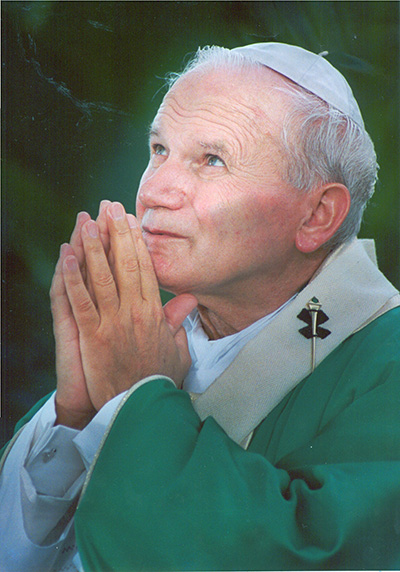
Photographer: POOL PHOTO
Pope John Paul II prays at the start of the Mass at Tamiami Park, Sept. 11, 1987.
So for those who might not remember, above are some images from St. John Paul II's visit to Miami, Sept. 10 and 11, 1987. Miami was the first stop in the pope's second trip to the U.S. and his schedule those two days included some consequential events:
- a "heart-to-heart" meeting with representatives of the nation's priests at St. Martha Church in Miami Shores;
- a groundbreaking meeting with representatives of the U.S. Jewish community which began paving the way for the eventual Vatican recognition of the state of Israel;
- and a meeting at Vizcaya with President Ronald Reagan, who along with John Paul II has been credited with propelling the eventual downfall of communism in Eastern Europe.
The pope stopped first at St. Mary Cathedral in Miami, where a who's who of archdiocesan laity, clergy and religious gave him a raucous welcome. He then stepped outside to say a few words in Creole to the Haitian crowd gathered there.
He also paraded down Biscayne Boulevard on his popemobile; stayed overnight at the Morningside home of Miami's second archbishop, Edward McCarthy, who had pleaded with the pope to visit this archdiocese whenever they met; and celebrated an outdoor Mass at Tamiami Park that was attended by over 200,000 people. The Mass was cut short by flashes of lightning and peals of thunder — a first for a papal Mass. The pope finished the celebration in a trailer located behind the massive altar and then came out to bless the persistent few who had waited out the storm.
The Voice — as the archdiocesan newspaper was then called — covered the visit with two special editions, before and after, that can be viewed and read here and here.
The theme of the visit was unity, and Miami's multiculturalism was on full display, with Cuban flags and Polish Solidarity banners; music in Spanish, Creole, English and Gregorian chant; and the Mass celebrated in three languages.
At the conclusion of the visit, Archbishop McCarthy described it as an extraordinary spiritual moment "which has helped us in South Florida to know a little better who we are and, even more, what we might become."
That message — and plea for unity — remains valid to this day.
Born in Wadowice, Poland, May 18, 1920, Karol Wojtyla was elected pope Oct. 16, 1978, and served until his death April 2, 2005, the vigil of Divine Mercy — the feast he instituted for the Sunday after Easter, based on the diaries of St. Faustina Kowalska, a Polish nun.
St. John Paul II was a pope of many firsts: the first non-Italian pope since the 16th century; the most traveled pope in history, who visited 129 countries, including Cuba and Haiti.
He is credited with attracting one of the largest crowds ever — four million during a World Youth Day in Manila in 1995; a World Youth Day tradition that he began in 1985.
He was the first pope to visit the White House (1979), the first to travel to the United Kingdom and pray with the Anglican archbishop of Canterbury (1982); the first to visit Egypt and meet with the Coptic pope and the Greek Orthodox Patriarch of Alexandria (2000); the first to visit Greece and pray in a mosque (2001); the first to visit and celebrate Mass at Auschwitz (1979); the first to set foot in a Jewish synagogue since the earliest days of Christianity (Rome, 1986); and the first to pray at the Western Wall during a visit to Jerusalem, when he also publicly apologized for the Christian persecution of Jews (2000).
He also led the Church through the Great Jubilee 2000 as the world marked the Third Millennium.
Cries of "santo subito" and "John Paul the Great" arose as soon as he died. His successor, Benedict XVI, waived the five-year waiting period for canonization and proclaimed him venerable Dec. 19, 2009. Benedict also beatified him May 1, 2011, after the first miracle attributed to John Paul II's intercession. A second miracle, approved in 2013, led to his canonization April 27, 2014 by Pope Francis.
John Paul II's feast day is celebrated on the anniversary of his installation as pope, Oct. 22.
Photography: FILE
Corrected: The article has been corrected to note the website where the Mass will be livestreamed. It will not be livestreamed on Our Lady of Guadalupe Church's website but on the website and social media platforms of the organizers, the Servants of the Pierced Hearts of Jesus and Mary.

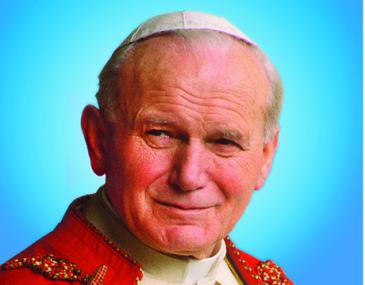
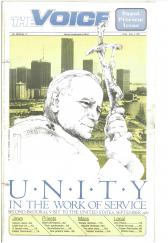
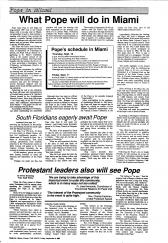
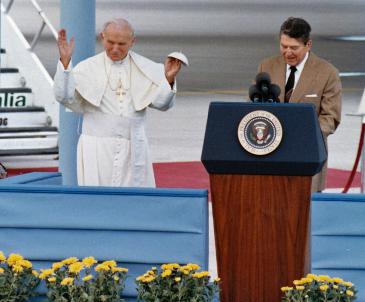
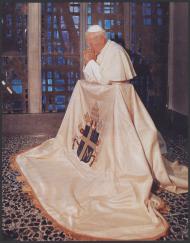
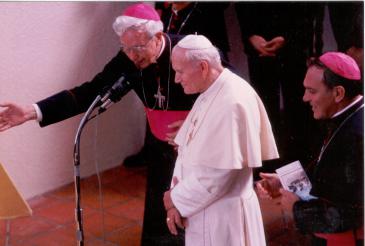
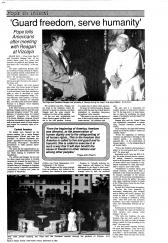
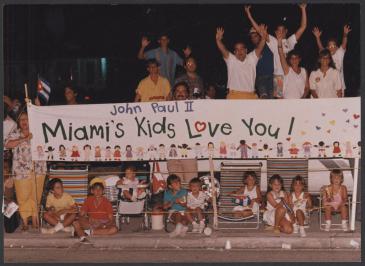
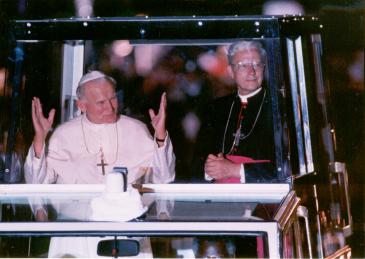
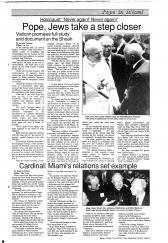
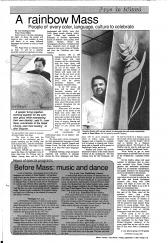
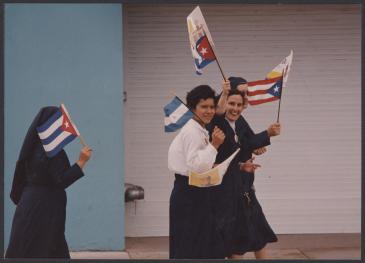
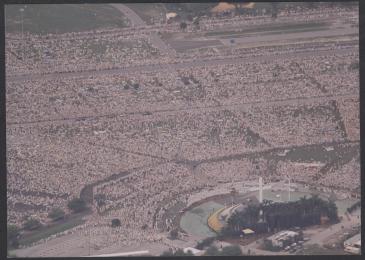
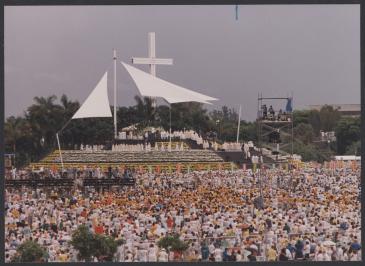
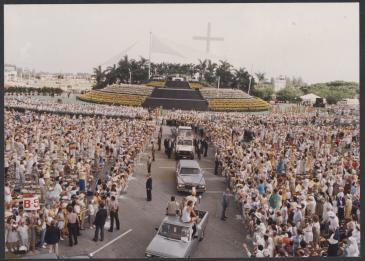
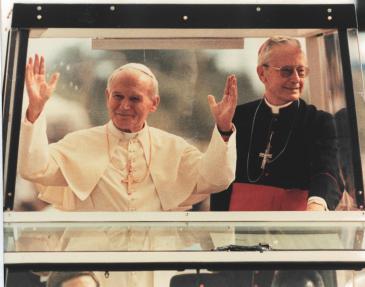
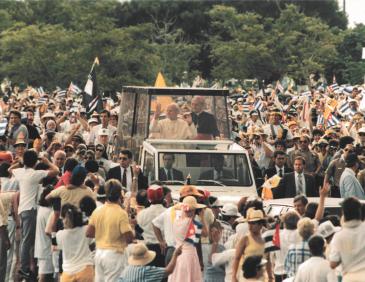
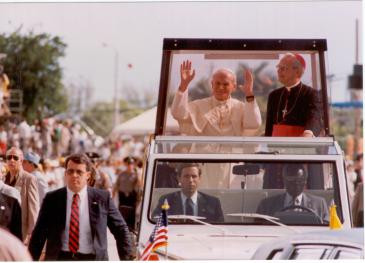
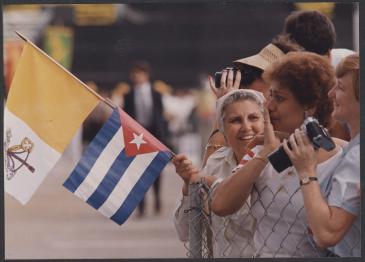
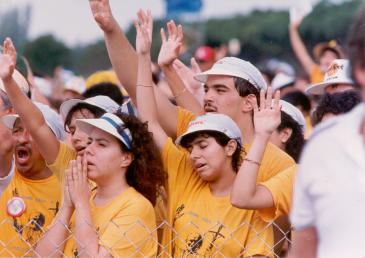
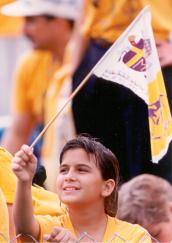
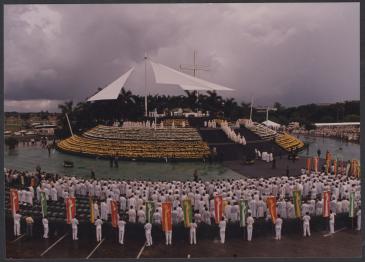
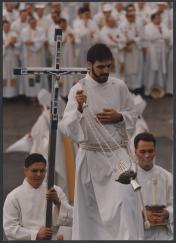
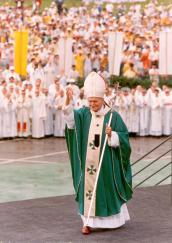
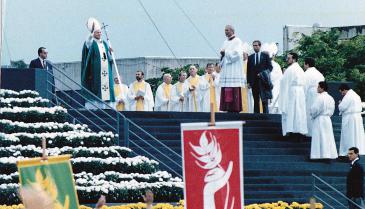
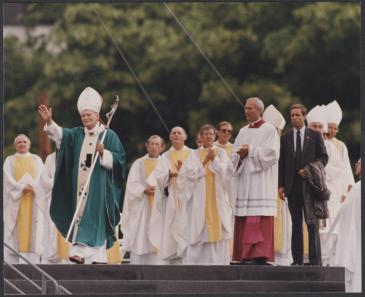
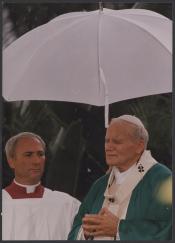
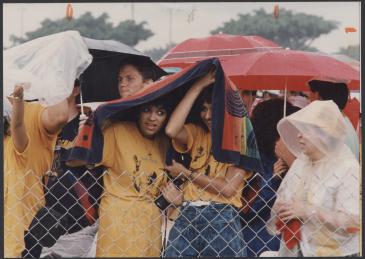
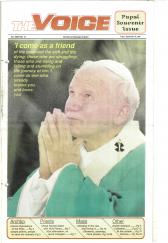
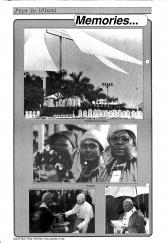
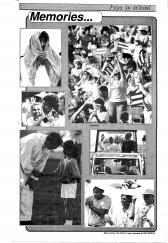
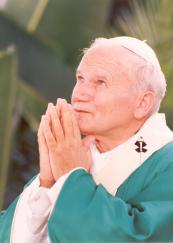

Comments from readers